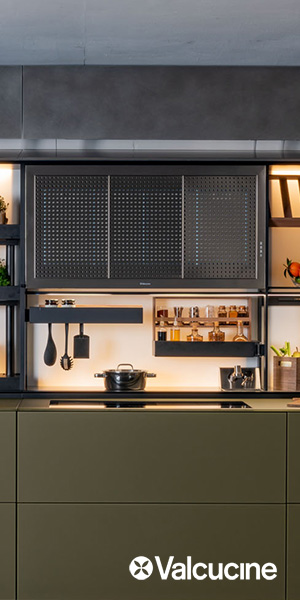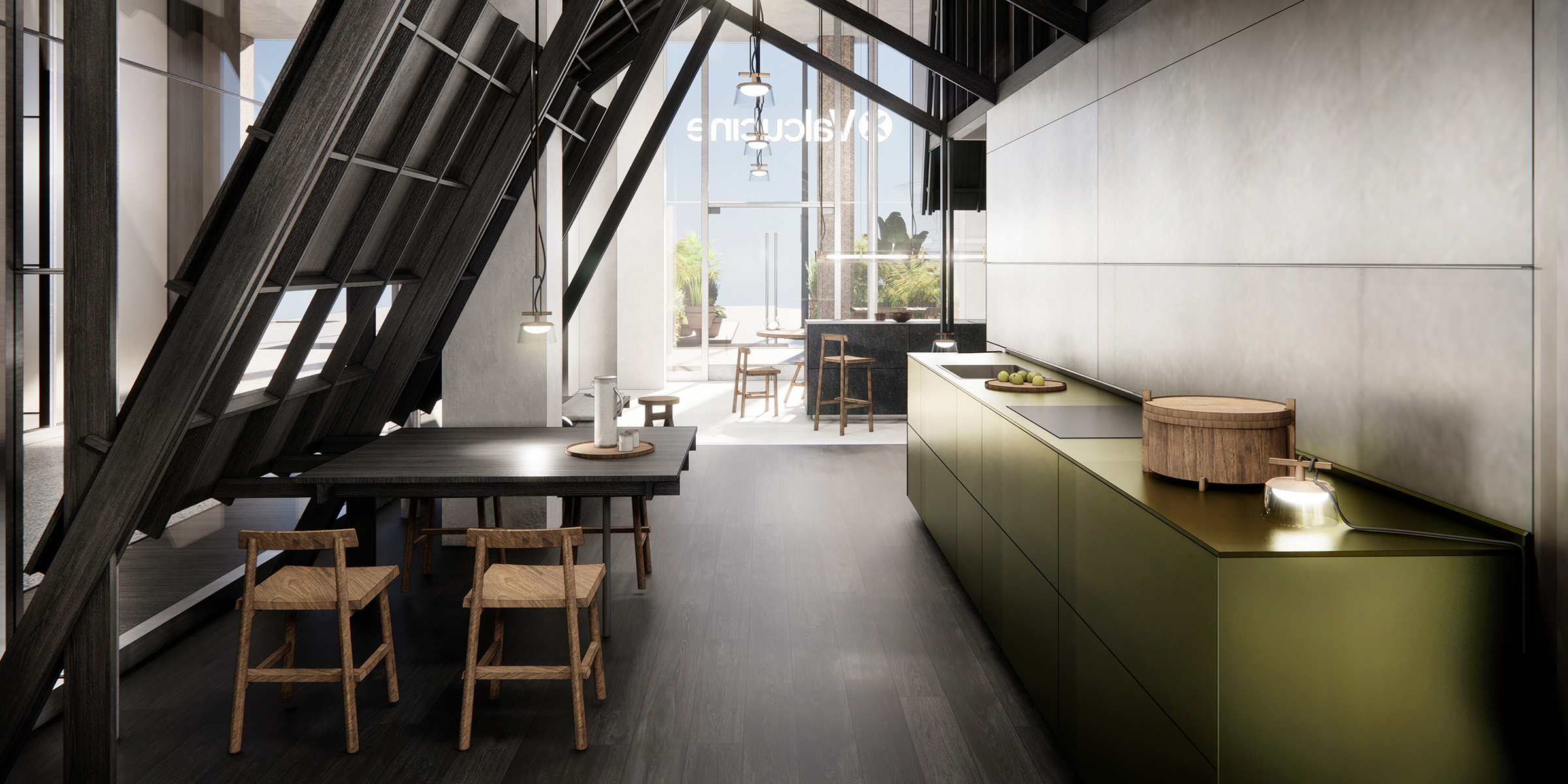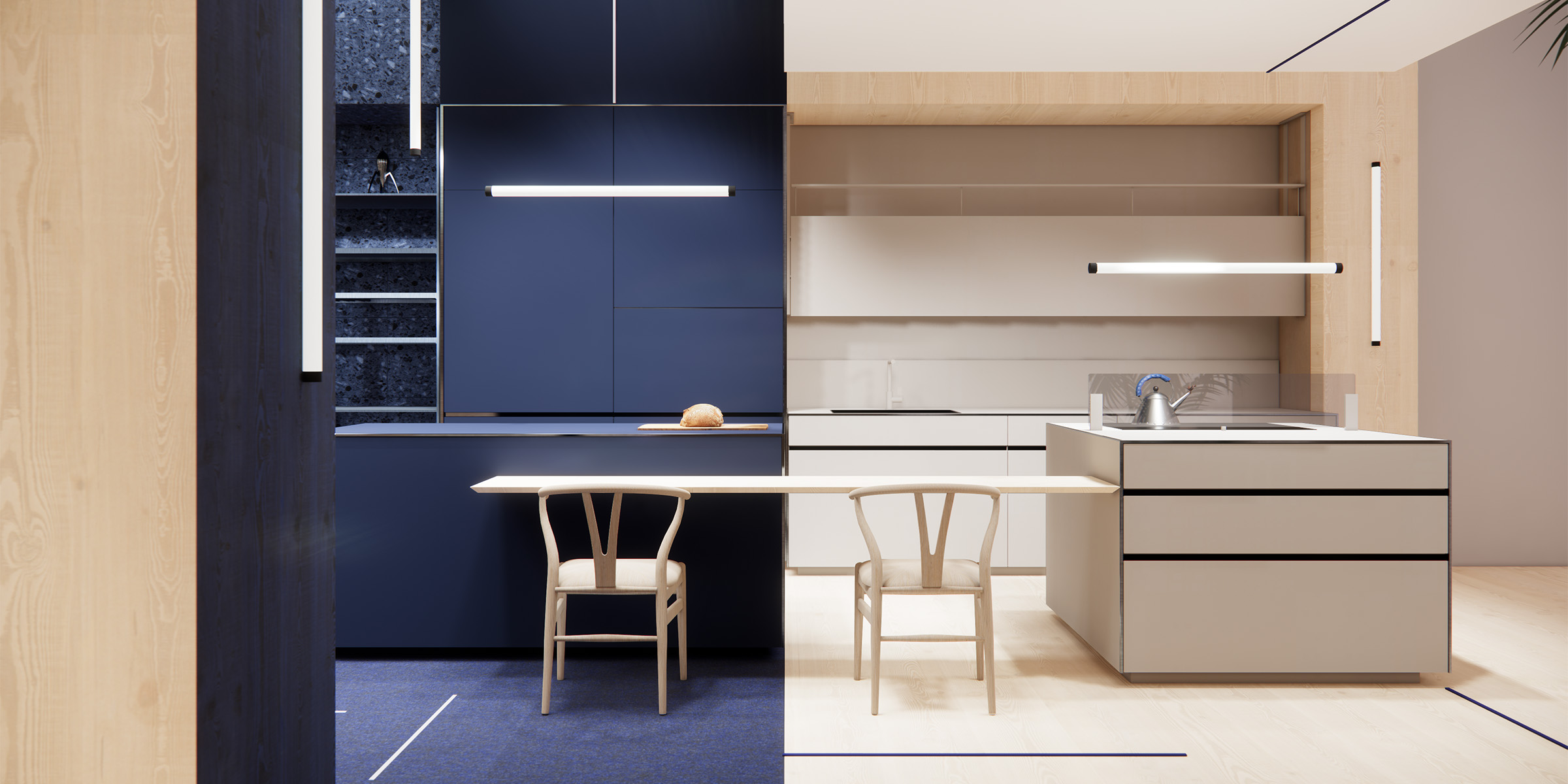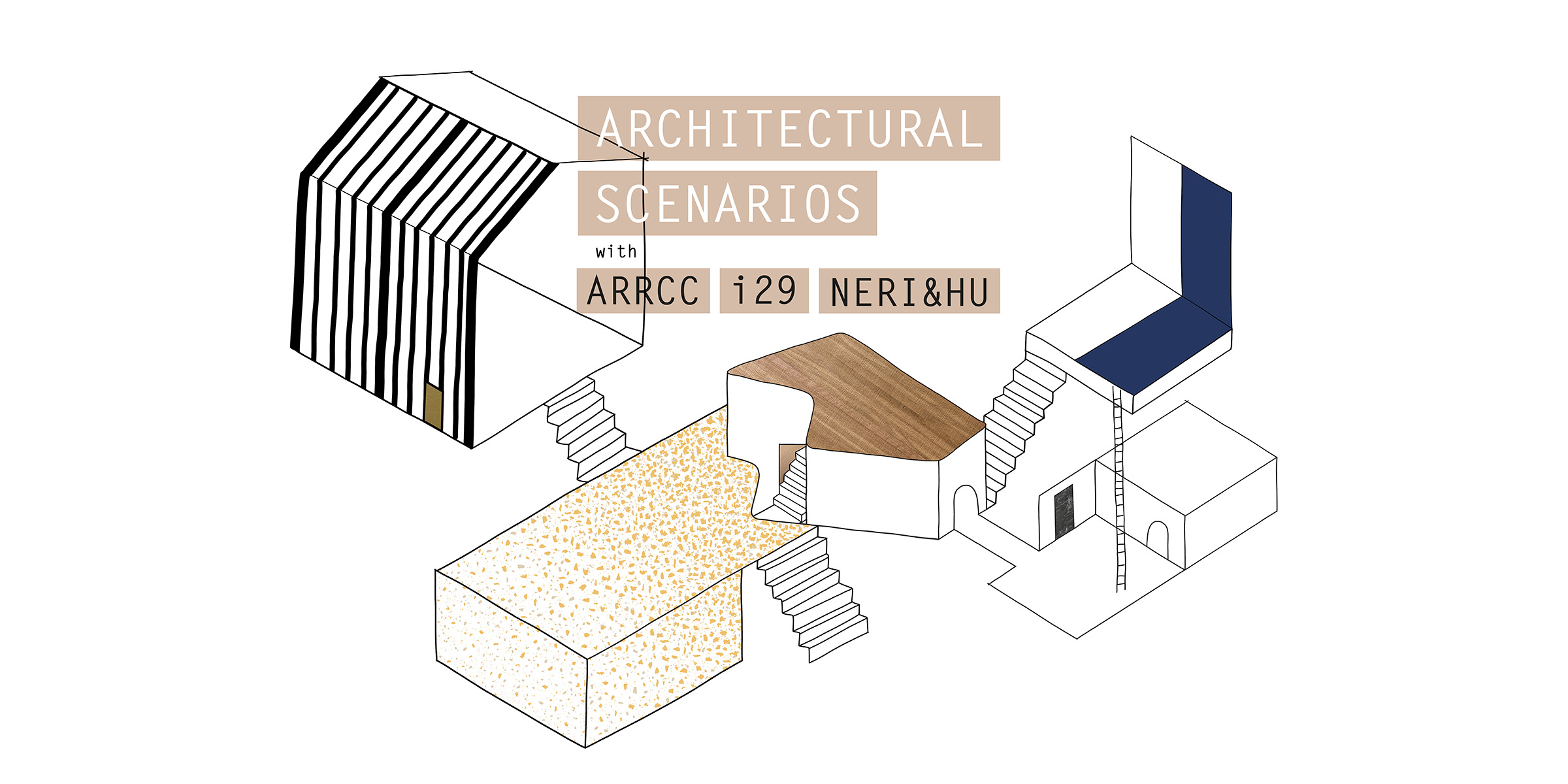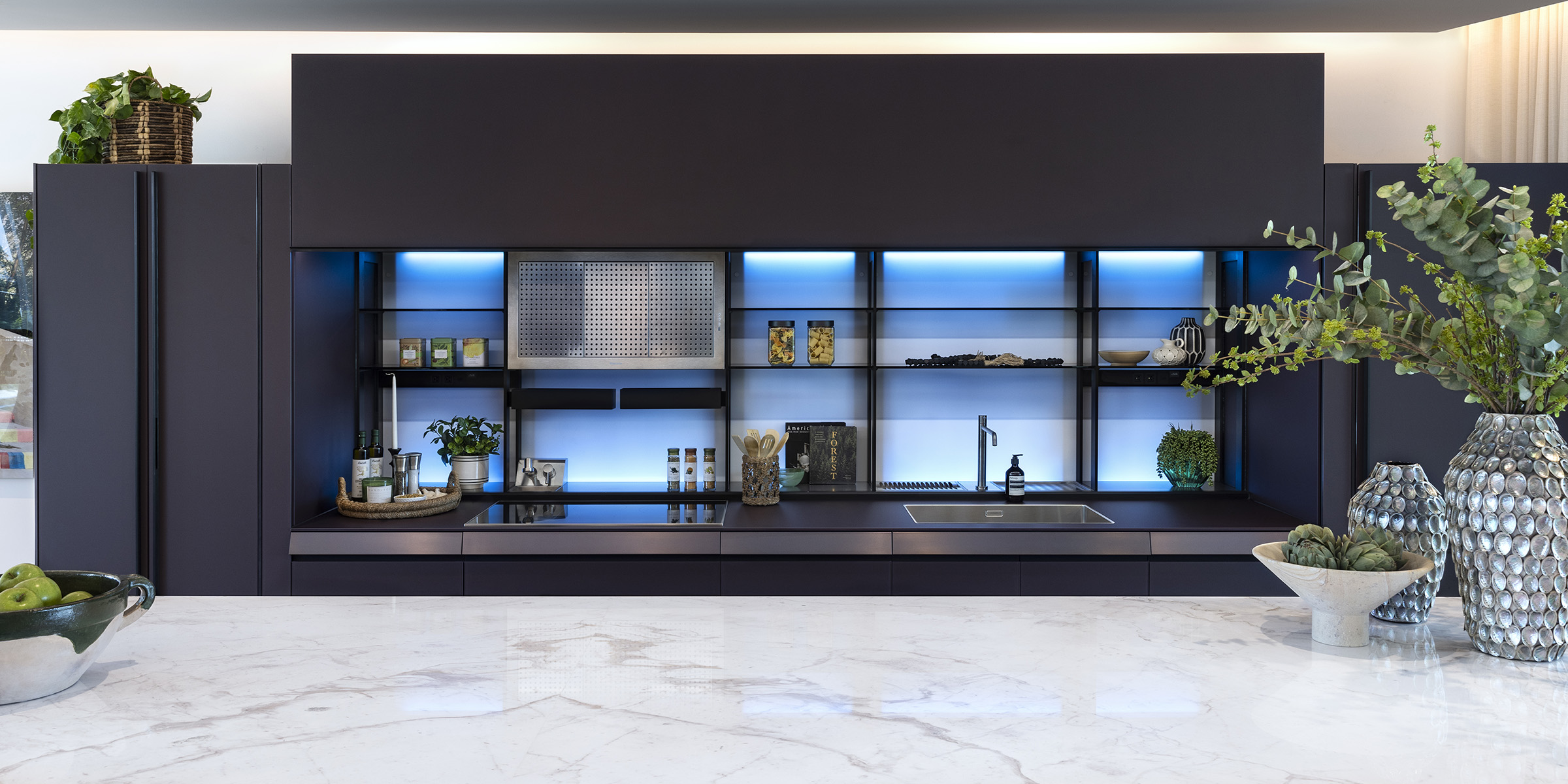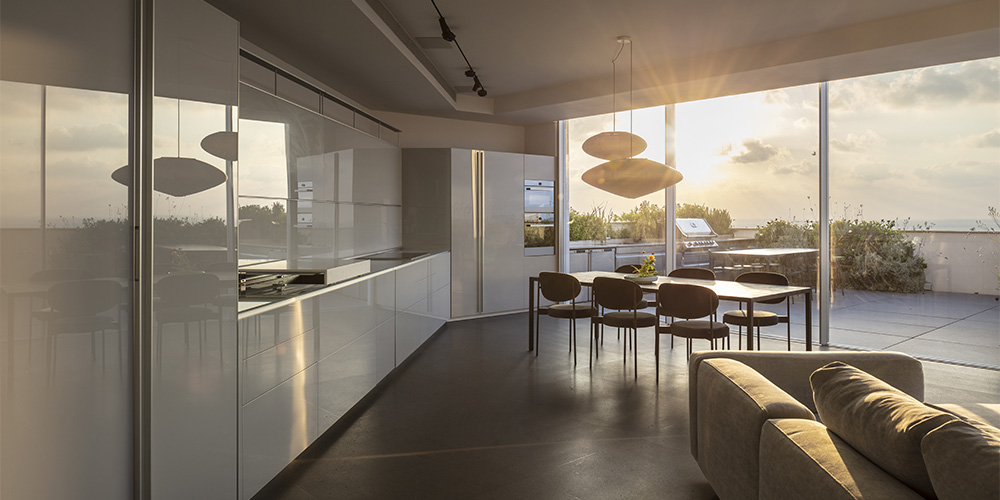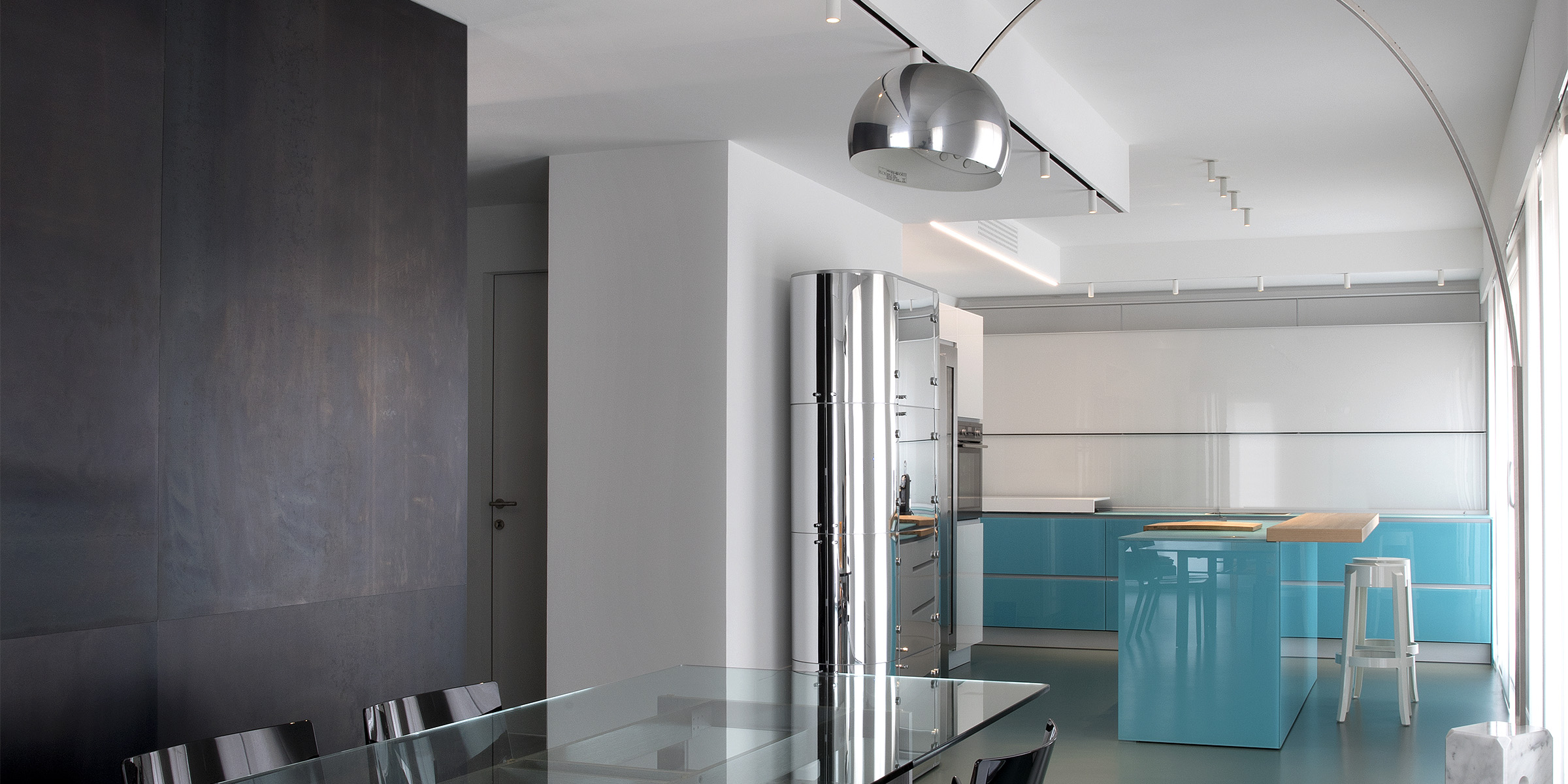Valcucine Kitchen @ Solar Decathlon
Gable House was one of the first to be assembled and ran like clockwork the entire competition. The team set out to express its regional heritage and sought to create a synergy between old and new. Traditional techniques in homebuilding, along with great advances in technology, blended to create a house that performed exceptionally well in energy efficiency—as demonstrated by the team's results in all the objective contests. Focused on performance, this team also achieved elegant simplicity in design: Valcucine Kitchen (model Riciclantica), Whirlpool applaiancies, USG drywall, Imperial and 3M ducting, Kane interior furniture.
The Solar Decathlon brings attention to one of the biggest challenges we face—an ever-increasing need for energy. As an internationally recognized event, it offers powerful solutions—using energy more efficiently and using energy from renewable sources.
The Solar Decathlon has several goals:
To educate the student participants—the “decathletes”—about the benefits of energy efficiency, renewable energy and green building technologies. As the next generation of engineers, architects, builders, and communicators, the decathletes will be able to use this knowledge in their studies and their future careers.
To raise awareness among the general public about renewable energy and energy efficiency and how solar energy technologies can reduce energy use.
To help solar energy technologies enter the marketplace faster. This competition encourages the research and development of energy-efficiency and energy production technologies.
To foster collaboration among students from different academic disciplines—including engineering and architecture students, who rarely work together until they enter the workplace.
To promote an integrated or “whole building design” approach to new construction. This approach differs from the traditional design/build process because the design team considers the interactions of all building components and systems to create a more comfortable building, save energy, and reduce environmental impact.
To demonstrate to the public the potential of zero-energy homes, which produce as much energy from renewable sources, such as the sun and wind, as they consume. Even though the home might be connected to a utility grid, it has net zero energy consumption from the utility provider.
LATEST POSTS



